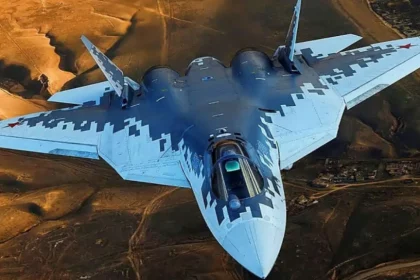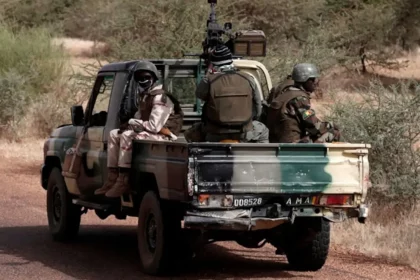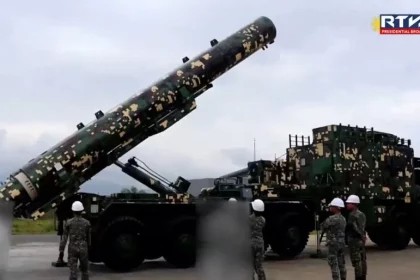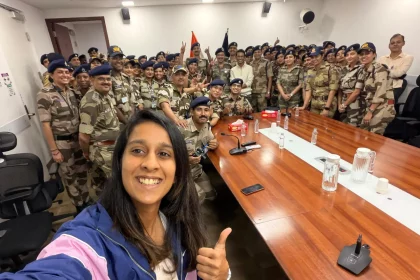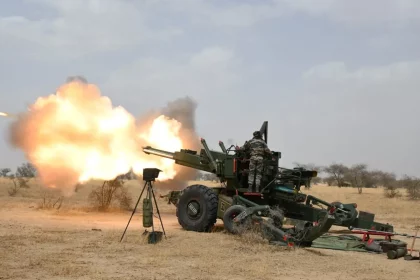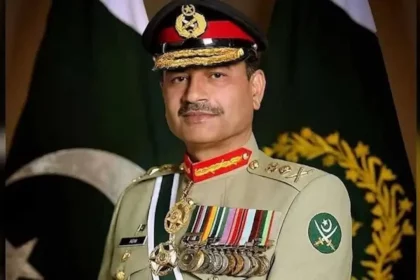IAF Flags Stealth Deficiencies in Russia’s Su-57E Fighter Proposal
India Seeks Assurances on Radar Signature Reduction, Engine Upgrade, and Maintainability Before Procurement Talks Advance.
Five Indian Nationals Kidnapped in Mali by Suspected Al-Qaeda, ISIS-Linked Terrorists
Abduction Highlights Expanding Reach of Extremist Networks in the Sahel Region.
Philippine Marines Induct India’s BrahMos Missiles, Strengthening Deterrence in the South China Sea
Philippine Marines Induct BrahMos Missiles: A New Era of Indo-Pacific Deterrence.
CISF Felicitates Star Cricketer Jemimah Rodrigues for World Cup Triumph
Interaction with CISF personnel celebrates her inspiring journey and message of perseverance and teamwork.
Southern Command Demonstrates Tri-Service Integration and Multi-Domain Readiness During Exercise TRISHUL
Joint training reinforces JAI — Jointness, Atmanirbharta, and Innovation in action.
Asim Munir’s Musharraf-Style Power Path: How Pakistan’s 27th Amendment Could Reshape Its Democracy?
A proposed constitutional amendment could cement the Pakistan Army’s grip on power and redefine the nation’s civil-military balance.

